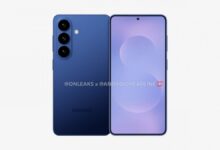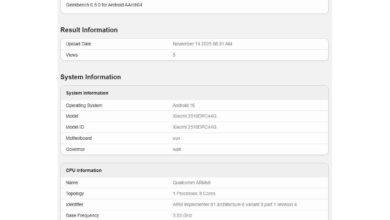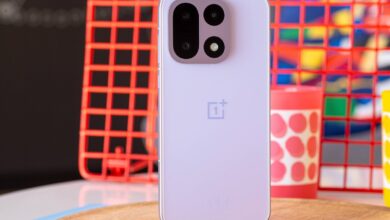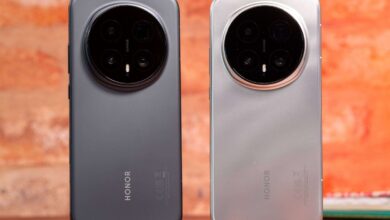Samsung Smartwatch: Heart Health Tracking Now Detects Cardiovascular Conditions.
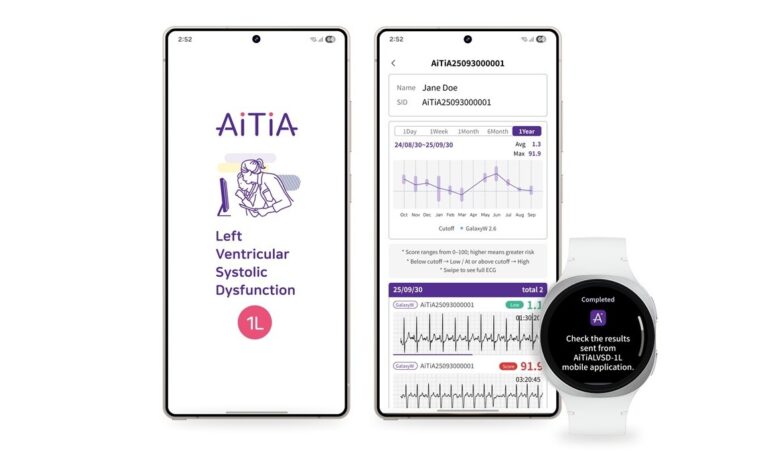
Samsung Advances Healthcare Monitoring with Smartwatch and EEG Technology
Samsung has unveiled forthcoming advancements in healthcare technology, focusing on the early detection of cardiovascular disease and enhanced brainwave monitoring. These innovations leverage artificial intelligence (AI) and collaborative partnerships to provide proactive health solutions.
In a pioneering development, Samsung is integrating Left Ventricular Systolic Dysfunction (LVSD) detection and monitoring capabilities into its smartwatch ecosystem. LVSD, a serious cardiovascular condition implicated in approximately 50% of all heart failure cases, underscores the critical need for early detection. To facilitate this, Samsung is collaborating with Medical AI, a Korean medical device company specializing in AI-driven ECG analysis. The algorithms employed are based on Medical AI’s established 12-lead ECG analysis, currently deployed in over 100 major Korean hospitals and utilized monthly for over 120,000 patients. This technology aims to enable early screening for asymptomatic individuals, thereby reducing mortality rates, minimizing hospitalizations, and ultimately mitigating healthcare expenditures associated with heart failure.
Simultaneously, Samsung is advancing the development of an around-the-ear EEG prototype device. This innovation, developed in partnership with Hanyang University’s Department of Biomedical Engineering, is engineered to transcend the limitations of conventional EEG systems. The design emphasizes a sleek, ergonomic form factor to facilitate seamless brainwave monitoring outside of laboratory environments. The prototype achieves high-quality signal acquisition through the strategic placement of electrodes around the ear.
Preliminary results indicate significant real-world application potential for the EEG prototype. It demonstrates the ability to accurately detect drowsiness in real-time. Furthermore, AI-powered brainwave analysis identified participants’ video preferences with an accuracy rate of 92.86%, suggesting potential applications in neuromarketing and entertainment.
No specific release dates have been announced for these technologies. Given its maturity, the LVSD detection and monitoring capability is anticipated to be available in the near future.

